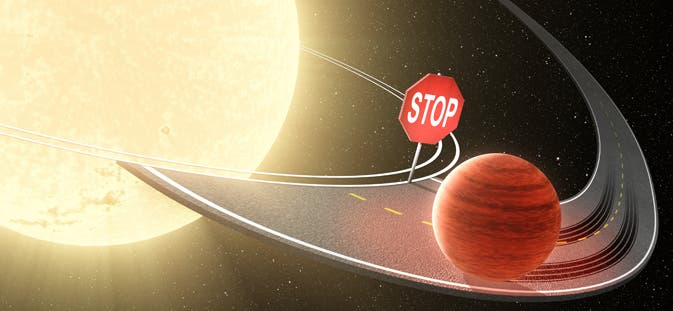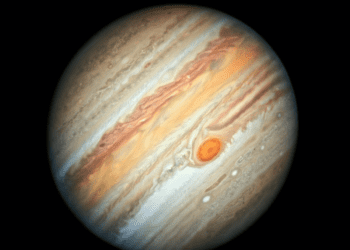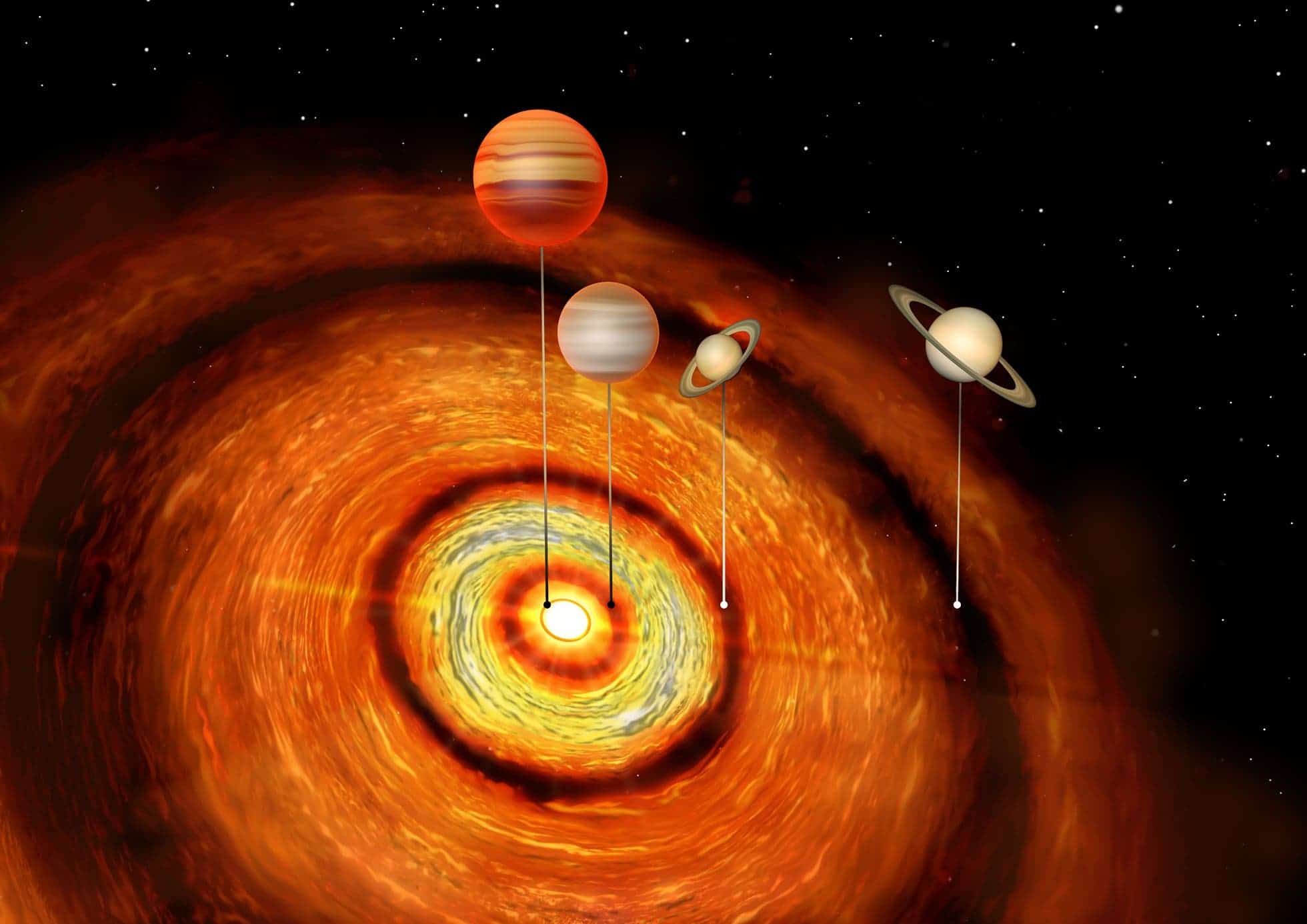Stars have a pull on all planets, but they exhibit a special kind of attraction towards a class of planets called ‘Hot Jupiters‘.
Hot Jupiters, also called roaster planets or pegadisds are a class of extrasolar planets very similar to Jupiter, but which have very high temperatures because they orbit very close to the Sun. It is thought that all of these planets have migrated from the extremities of the solar system to their current position because there would not have been enough material so close to the star for a planet of that mass to have formed so close to its star.
So they’re formed far away from their star, and then they start getting closer; and closer… and closer! Logic tells you, as they move closer to the star, the gravitational attraction increases, and they will probably end up in eaten by the star. But a new study using data from NASA’s Kepler Space Telescope shows that hot Jupiters are in fact not often consumed by their stars – instead, remaining stable for several billions of years.
“Eventually, all hot Jupiters get closer and closer to their stars, but in this study we are showing that this process stops before the stars get too close,” said Peter Plavchan of NASA’s Exoplanet Science Institute at the California Institute of Technology, Pasadena, Calif. “The planets mostly stabilize once their orbits become circular, whipping around their stars every few days.”
The study, which was published in the Astrophysical Journal, is the first to show that hot Jupiter planets halt their inward march on stars, stabilizing an orbit as the migration ceases.
“When only a few hot Jupiters were known, several models could explain the observations,” said Jack Lissauer, a Kepler scientist at NASA’s Ames Research Center, Moffet Field, Calif., not affiliated with the study. “But finding trends in populations of these planets shows that tides, in combination with gravitational forces by often unseen planetary and stellar companions, can bring these giant planets close to their host stars.”
The full paper can be read here.
Via NASA







